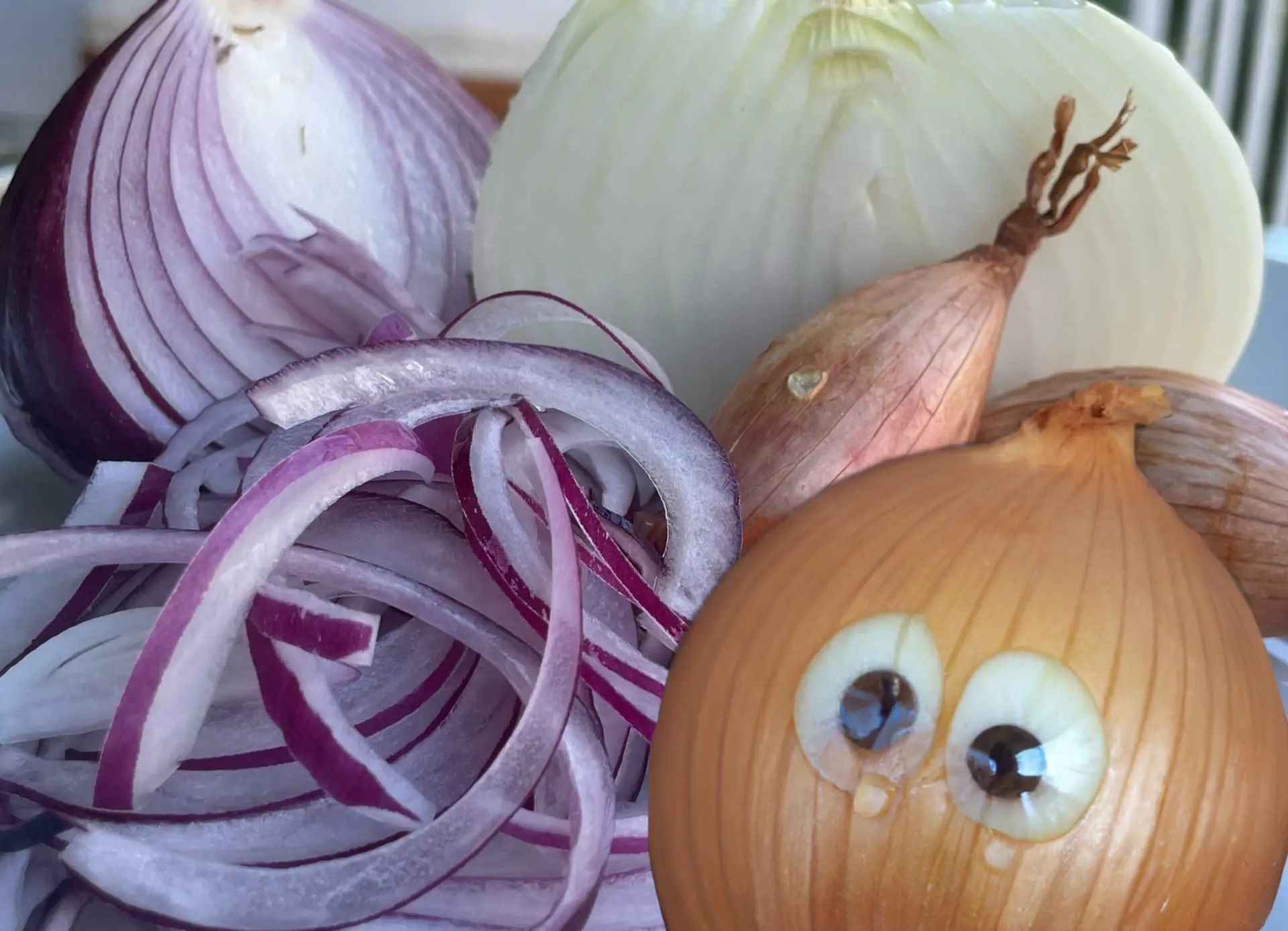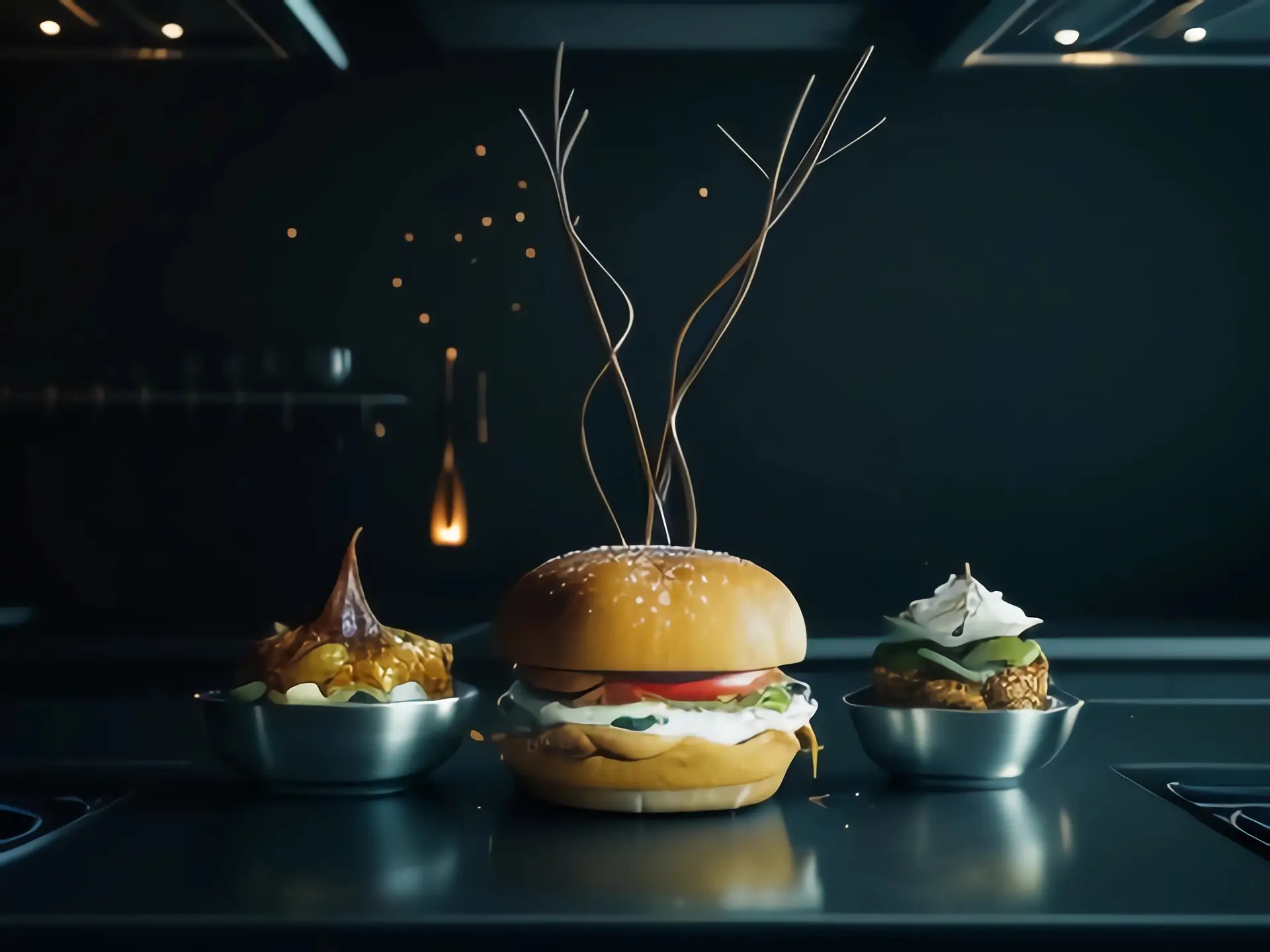How has cooking made us what we are and who we are?
I believe where we came from and how we came to be is important for all of us to know. We have no clue how life originated and thus Abiogenesis is loosely considered to have taken place during or shortly after the formation of the Earth. But it’s true that life did come from non-living matter like simple organic compounds which went through a series of progressive chemical reactions which may have occurred in highly improbable chemical and physical settings. A very recent study by Cavalazzi et al (2021), found that the earliest cellular remains were present in the hydrothermal subseafloor environment of the Barberton greenstone belt in South Africa. If we consider that one cell was formed then it’s obvious that through self-replication, self-assembly, and autocatalysis whole organisms formed giving a kick to the commencement of microbial life. And skipping to, many many years later plant life and animal life eventually came to the face of this planet.
But the question is: “Why do humans run the world?”. If you’re against this statement please explain, why are snakes not wearing a tie and sitting in front of a computer. There are countless factors that make us superior to other beings and that came about through the stupendous process called evolution. The fossil records show that before we looked anything like we do now, walking up straight, etc., we had the characteristics of nonhuman apes. The process of evolution by natural selection and conscious selection made us humans. For example, taking into consideration of brain sizes: an average human brain weighs around 1.1-1.3 kilograms (Hartmann et al, 1994) whereas that of a chimpanzee weighs around 360-406 grams (Moss et al, 1999) and has a relatively less cortical mass.
As mentioned before, there are countless factors that played roles in the evolution of humanity but considering what cooking and control of fire did in this process is highlighted here.
My definition of Man is, a ‘Cooking Animal’. The beasts have memory, judgement, and all the faculties and passions of our mind, in a certain degree; but no beast is a cook. . . . Man alone can dress a good dish; and every man whatever is more or less a cook, in seasoning what he himself eats.
-JAMES BOSWELL
The majority of animals thrive on a raw food diet and some the raw-diet enthusiasts too. But did evolution allow us to do the same? In his book Catching Fire (Recommended!), Richard Wrangham explains it all too well pointing out the conventional wisdom of fad diets from raw-foodists like “Natural nutrition is raw” (Stephen Arlin and Fouad Dini), “It always has been. It always will be. . . . Cooked food is poison” (David Wolfe in Nature’s First Law) and “Plants contain “living” or “active” enzymes, which, if eaten raw, operate for our benefit inside our bodies” (Howell, 1995) that “to scientists, the idea that food enzymes contribute to digestion or cellular function in our bodies is nonsense because these molecules are themselves digested in our stomachs and small intestines”. A study conducted by C Koebnick et. al. in 1999 found that people who follow a raw food diet go through a fall in BMI proportionately and in their experiment, the bodies of almost 1/3rd of people following a 100% raw food diet showed signs of chronic energy deficiency. Also, according to Gilani et. al. (2005) protein digestibility is lower when the proteins are a part of a high-fiber food than when part of a low-fiber food. Thus it can be concluded that raw food eaters can’t keep up with the trend on a long-term basis without affecting them in a really bad way.
The earlier primates did get around with the consumption of foliage, fruits, and raw meat but we are not like them, not only our brains have changed but our digestive systems too and this change owes its existence to the learning of controlling fire by humans. Let’s go through how this might have happened, it’s almost impossible to map out when our ancestors started to control fire but when they did they must’ve quickly realized that it can be used to scare off animals and can help them through the night with its warmth.
Domestication of fire probably reacted on man’s physical development as well as on his culture, for it would have reduced some selective pressures and increased others. As cooked food replaced a diet consisting entirely of raw meat and fresh vegetable matter, the whole pattern of mastication, digestion, and nutrition was altered.
-KENNETH OAKLEY
Now, through some magical occurrence, they must have found that fire can also be used for cooking which not only makes stuff easier to chew (softer) but also gives them more energy to get through the day. Then this must’ve led to the increase in the cortical brain size as a result of more energy received by it basically from the net increase of energy from food, reduction of required energy by other parts of the body through less climbing, less running around and less expense on the digestive system to process food inside the body and also through the social aspects that came with food i.e. formation of tribes, societies, etc. And this brain is the reason for our being. That’s why there is no such thing as a ‘friendly alligator’ if it is hungry it’ll eat you. Hence, from a bigger perspective, it is crucial to keep in mind that cooking is inevitable and is a necessity for us to keep on living healthily.
References:
- Cavalazzi, B., Lemelle, L., Simionovici, A., Cady, S. L., Russell, M. J., Bailo, E., … & Hofmann, A. (2021). Cellular remains in a~ 3.42-billion-year-old subseafloor hydrothermal environment. Science Advances, 7(29), eabf3963.
- Hartmann, P., Ramseier, A., Gudat, F., Mihatsch, M. J., & Polasek, W. (1994). Normal weight of the brain in adults in relation to age, sex, body height and weight. Der Pathologe, 15(3), 165-170.
- Moss, M. B., Killiany, R. J., & Herndon, J. G. (1999). Age-related cognitive decline in the rhesus monkey. Cerebral cortex, 21-47.
- Howell, E. (1995). Enzyme nutrition: the food enzyme concept. Penguin.
- Gilani, G. S., Cockell, K. A., & Sepehr, E. (2005). Effects of antinutritional factors on protein digestibility and amino acid availability in foods. Journal of AOAC international, 88(3), 967-987.







